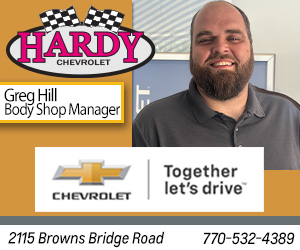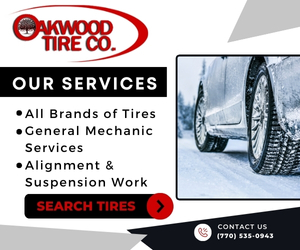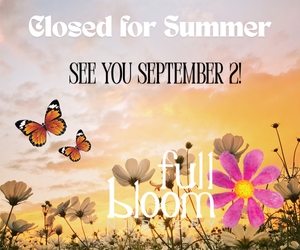Although the so-called "kiddie" rides (those designed for preschool-aged children) may not look dangerous, nearly a quarter of all amusement park attraction-related injuries to children in 2000 occurred among those ages 4 and under. These injuries were caused by children falling off rides, with attractions such as carousels and inflatable devices cited for the most injuries. In 2000, at least three preschoolers died from amusement ride-related injuries, and a 4-year-old sustained severe brain damage after falling off a kiddie ride.
Since amusement ride manufacturers are not subject to federal standards for child safe design, the National SAFE KIDS Campaign recommends the following safety tips to keep your children safe:
· Be a cautious consumer when it comes to kiddie rides. Amusement rides are no different than any other kind of product targeted at children. They offer benefits and risks. Use the same good judgment when picking amusement rides that you do when deciding which TV shows or toys are safe for your kids. Just because an amusement park says it's okay with them if your toddler rides alone on a kiddie train, that doesn't mean he or she won't fall off and hurt himself or herself.
· Don't put children on rides they're afraid of. A child's first impulse is often to move away from something that frightens them. If a child is afraid, he or she may attempt to exit a ride before it is stopped, putting him or her in a potentially dangerous situation.
· Watch the ride with your child before boarding.
· Read warning signs aloud so that children understand them.
· Point out the operator and the loading/unloading locations to children.
· Explain that rides sometimes stop temporarily, but that riders must never get off until the operator tells them to.
· Talk about what to do if your child gets frightened while the ride is moving. Tell your child not to get out of the car. Explain that amusement rides might seem scary, but they're not dangerous as long as riders hold on tight, stay seated and keep their hands and feet inside.
· Tell children to hold on tightly with both hands. Solid metal lap bars and handholds are part of the safety equipment. Teach your children to use them.
· Always use the safety equipment provided, but be aware of its limitations. Ride manufacturers provide seatbelts, lap bars and other safety equipment to reduce the risk of injury. However, many safety devices used on children's amusement rides aren't designed to keep young children in their seats.
o Lap bars on Ferris wheels and lap ropes on kiddie trains aren't considered restraints at all. They're designed as "psychological barriers," incentives to stay seated. Unfortunately parents understand psychology better than kids, so Mom sees a "restraint" and her child sees "a piece of metal to climb under."
o Solid metal lap bars only fit closely against the largest passenger in the car, often leaving young children with room to slide around. If a lap bar doesn't fit closely, a fast-moving ride can cause a child to slip completely out from underneath the bar. Loose-fitting lap bars also allow young children to stand up on their own while a ride is moving.
· Obey minimum height, age and weight restrictions. Never sneak children onto rides they're too small or too young for. Ride manufacturers' restrictions take into account the forces exerted by the ride and (sometimes) the intellectual maturity required to ride safely. A smaller or younger child may not be physically or developmentally able to stay safely seated.
· Use the posted height and age limits as suggestions, not pass/fail criteria. Manufacturers base their guidelines on developmental timelines and height/weight ratios of children in the 50th percentile. Kids who are tall for their age may not be developmentally ready for a particular ride.
· Don't put your child on a ride he or she has outgrown. Maximum height and weight limits are just as important as minimum limits.
· Watch all extremities - including feet if the ride has open sides. Excited children often stick hands, arms, feet or even their heads out the sides of amusement rides. Load children to the inside, away from open doorways, or on the side closest to the ride operator.
· Pay special attention as the ride slows to a stop. Children who are in a rush to be the first one off, or in a hurry to get to the next ride, may try to exit while the ride is still moving.
The National SAFE KIDS Campaign wants all families to enjoy the thrill and excitement of amusement park rides. By following the above guidelines, your trip to the park should be a fun-filled and safe one. For more information, please visit www.safekids.org
Debbie Wilburn is County Agent/Family and Consumer Science Agent with the Hall (770)535-8290 and the Forsyth (770)887-2418 County Extension Service.
Friday
August 29th, 2025
3:58PM








